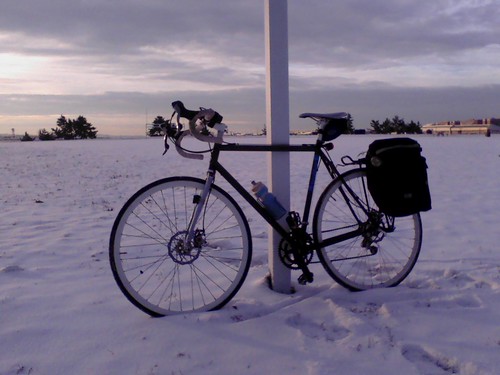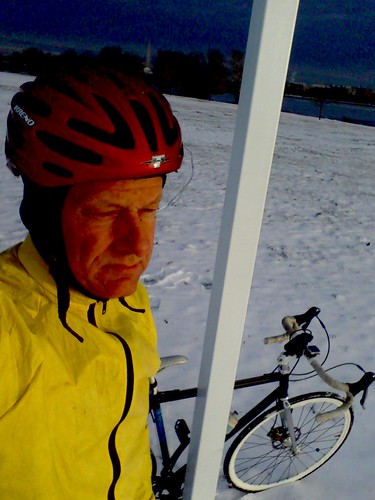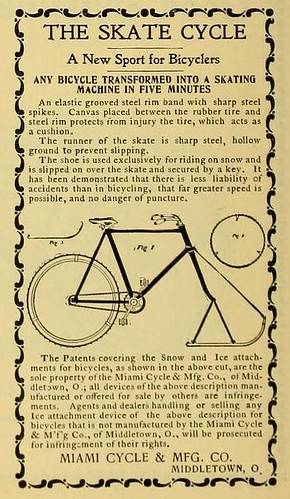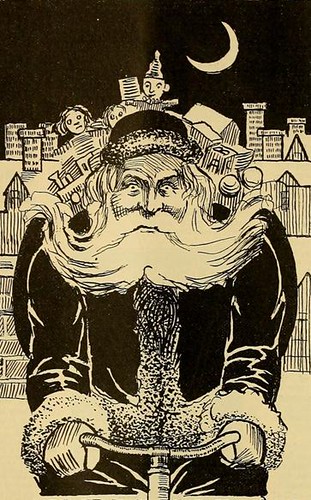As is often the case, the comments are more entertaining than the article itself. Some completely miss the point and a few quibble that the author's "expensive bike" wasn't expensive enough to properly compare to the cheap steel bike.
The best comment includes this:
But the best bike is better, although the difference is marginal. Carbon fibre means the bike is lighter and stiffer and more efficient to ride at any given speed. I would suspect the doctor's heart rate and power output will be slightly higher on his steel bike compared to his carbon bike. If you are very fit and taking part in events at a reasonably accomplished level, spending more on a bike is worthwhile.I particularly found the article interested since the good doctor's equipment (two bikes being compared) is similar to mine - a steel bike around 30 pounds and a carbon fiber around 20 pounds. (One difference is that I spent about the same amount on each, where he spent very little on his steel bike that he bought used and also less than I spent on either on his expensive carbon "fibre" bike - he's more fiscally sensible than I am, I guess.) And the commuting distance, around 40-45 minutes in good weather - is also similar.
My impression is that the increase in the average speed when riding the lighter bike (and using messenger bag rather than panniers) may not even be two miles per hour - say, from 15 to 16 mph average (for the whole ride, including sitting at lights and various slowing down for this and that). But the enjoyment of riding a faster bike and being able to accelerate much faster if I want to is more than enough that I choose to ride carbon fiber whenever that bike fits with the weather.
The suggestion that the cyclist losing weight is simpler and cheaper than paying big bucks to buy a lighter bike is something one sees in print often enough, but it doesn't work for me. By the same logic, I can argue that a particular tool (say a wrench)is just as good as a more expensive one that applies more force if the purchaser went to gym and worked out more and was stronger. Besides, if most people could lose five pounds or ten that easily, presumably they would.




